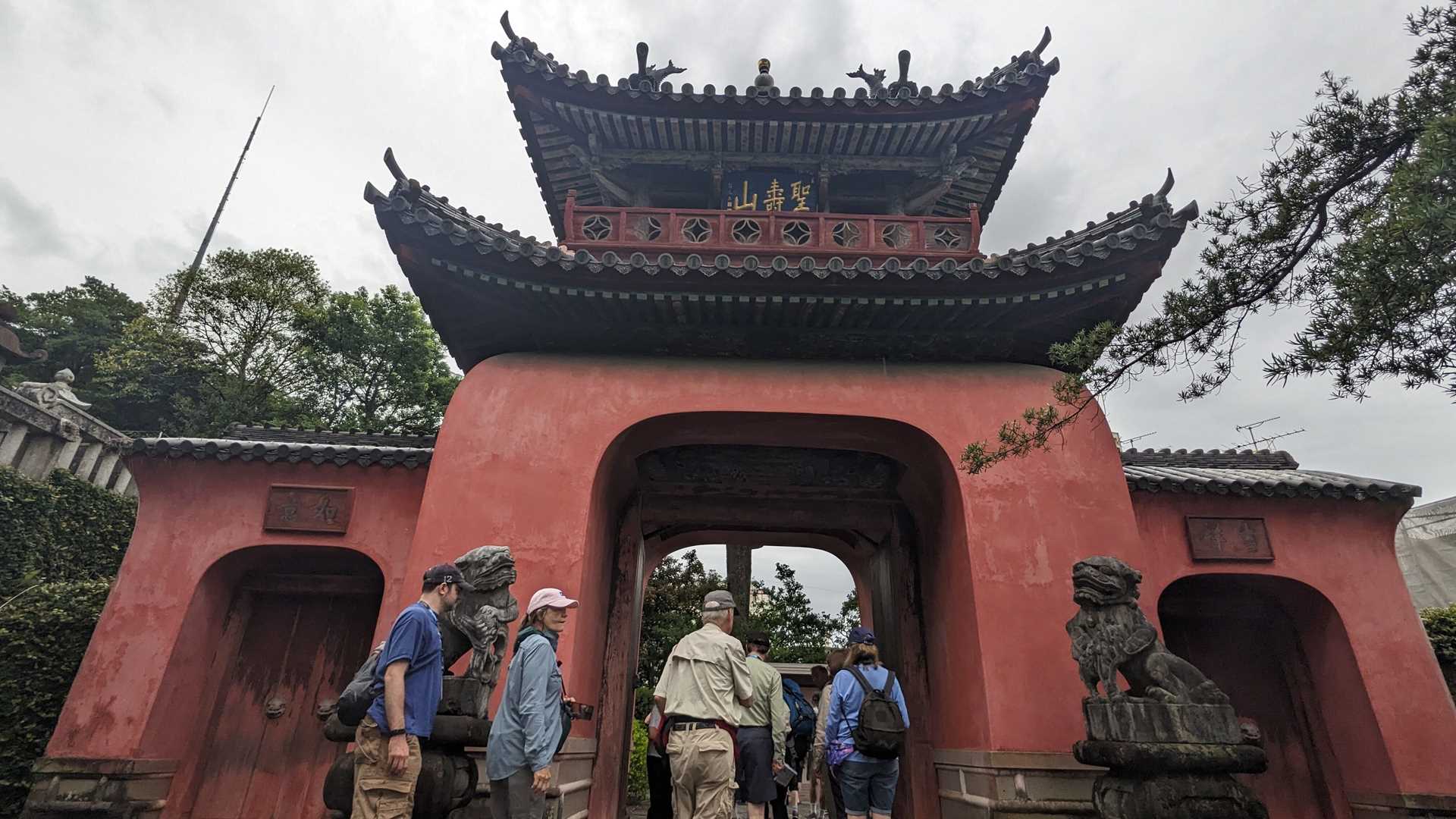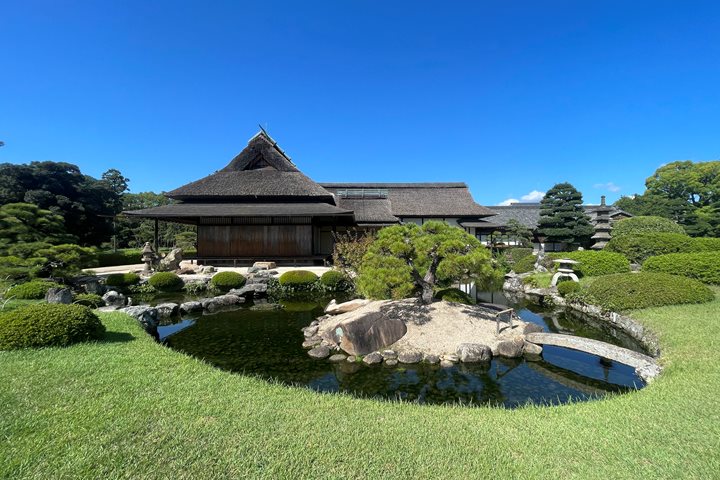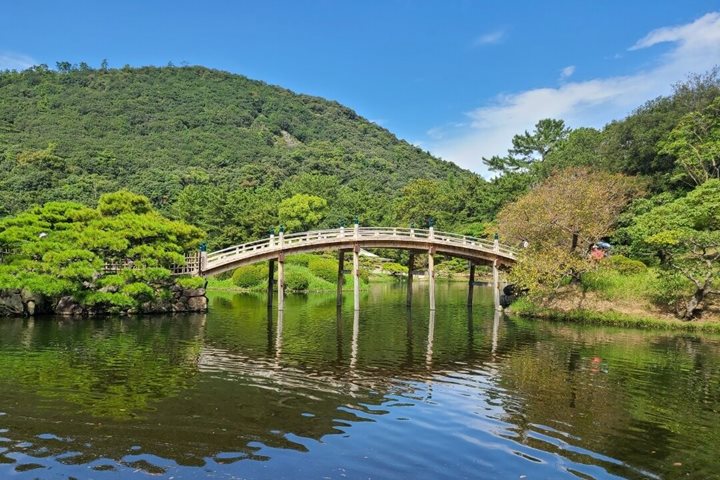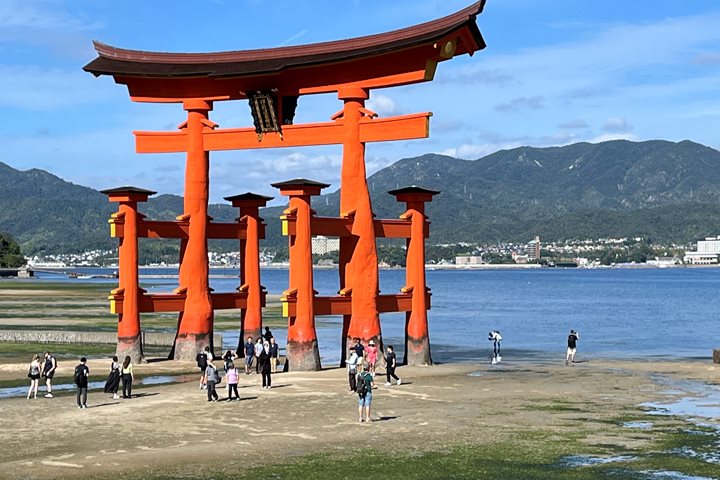National Geographic Resolution sailed this morning to Dejima Wharf in Nagasaki Harbor, Japan. Arriving at the very place where the West was confined in Japan for over 200 years was an incredible way to connect with history, and that theme continued throughout our day. In the morning we visited the Sofuku-ji Temple, a Chinese Buddhist temple dating back to the 1600s. We also explored the Catholic Oura Church in Nagasaki, and learned about the sad history of persecution that took place there; held in the context of history, many things must be made relative. To continue the contemplative note of the day, in the afternoon we visited Peace Memorial Park and the Atomic Bomb Museum to learn about the destruction that took place there on Aug 9, 1945, 11:02am.
- Daily Expedition Reports
- 01 Sep 2023
Nagasaki, 9/1/2023, National Geographic Resolution
- Aboard the National Geographic Resolution
- Japan
James Hyde, Undersea Specialist
Pacific Northwest born James Hyde grew up immersed in the Salish Sea, on Vashon Island with Seattle as his backdrop. A passionate traveler from a young age, James explored four continents before finishing his degree at Western Washington University's...
Read MoreShare Report
Coastal Japan: Imperial Dynasties and Modern Culture
VIEW ITINERARYRelated Reports
9/25/2024
Read
National Geographic Resolution
Takamatsu, Japan
National Geographic Resolution spent the day in Takamatsu, the largest city on Shikoku Island. We all visited Ritsurin Garden, one of the most beautiful gardens in Japan. The pine trees, ponds, lotus flowers, and arched bridges were particularly beautiful against the steep mountainside. We visited the Kinashu Bonsai Farm where we learned about the meticulous process of growing these decorative trees. It’s amazing that it takes decades to raise these trees before they are put in trays. Some of the guests visited the flat-topped Mount Yashima, where we saw a great overlook over the city and inland sea. We saw the Yashima Temple, which is one of the Buddhist temples on the Shikoku pilgrimage route, so there were pilgrims dressed in white. Other guests visited the Shikoku-Mura Museum where we saw a variety of folk houses and other structures from the 1800s. We climbed the stone steps to see thatched roof houses, waterfalls, and bamboo forests, but the most memorable experience was crossing the wood and twine suspension bridge. Before dinner, a local group of Shogun-era riflemen gave us a demonstration on the pier. It was powerful, with several muskets being fired together or in succession.
9/24/2024
Read
National Geographic Resolution
Miyajima and Hiroshima, Japan
After a thrilling Zodiac approach, our tour began with a glimpse of the infamous vermillion torii gates marking the watery entrance to the lovely Itsukushima Shrine on the sacred island of Miyajima. After winding our way along the massive-planked boardwalk past enormous lion dogs, an ancient Noh stage, and monks selling amulets and fortunes, some of us continued on to the enchanting 12th century Buddhist temple, Daisho-in. Native deer, abundant on the island, added to the charm. After lunch on board, we made our way to nearby Hiroshima for the afternoon. In the shadow of the Atomic Bomb Dome, one of the few buildings left standing in the city center following the explosion, our guides led us through the Peace Memorial Park and explained the mission of the park and neighboring museum – to pass on the message of peace and urge us to abolish nuclear weapons once and for all. One especially moving part of this tour was a visit to the Peace Monument, where we donated paper cranes from last night’s origami session. The powerful Peace Memorial Museum was a sobering end to an important day, leading to many thoughtful discussions over cocktails and dinner.







